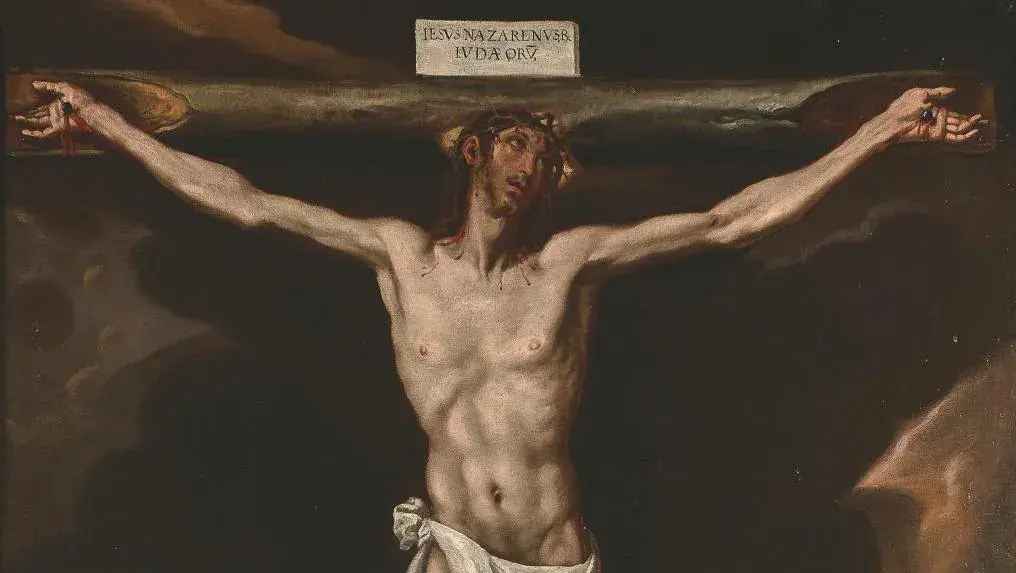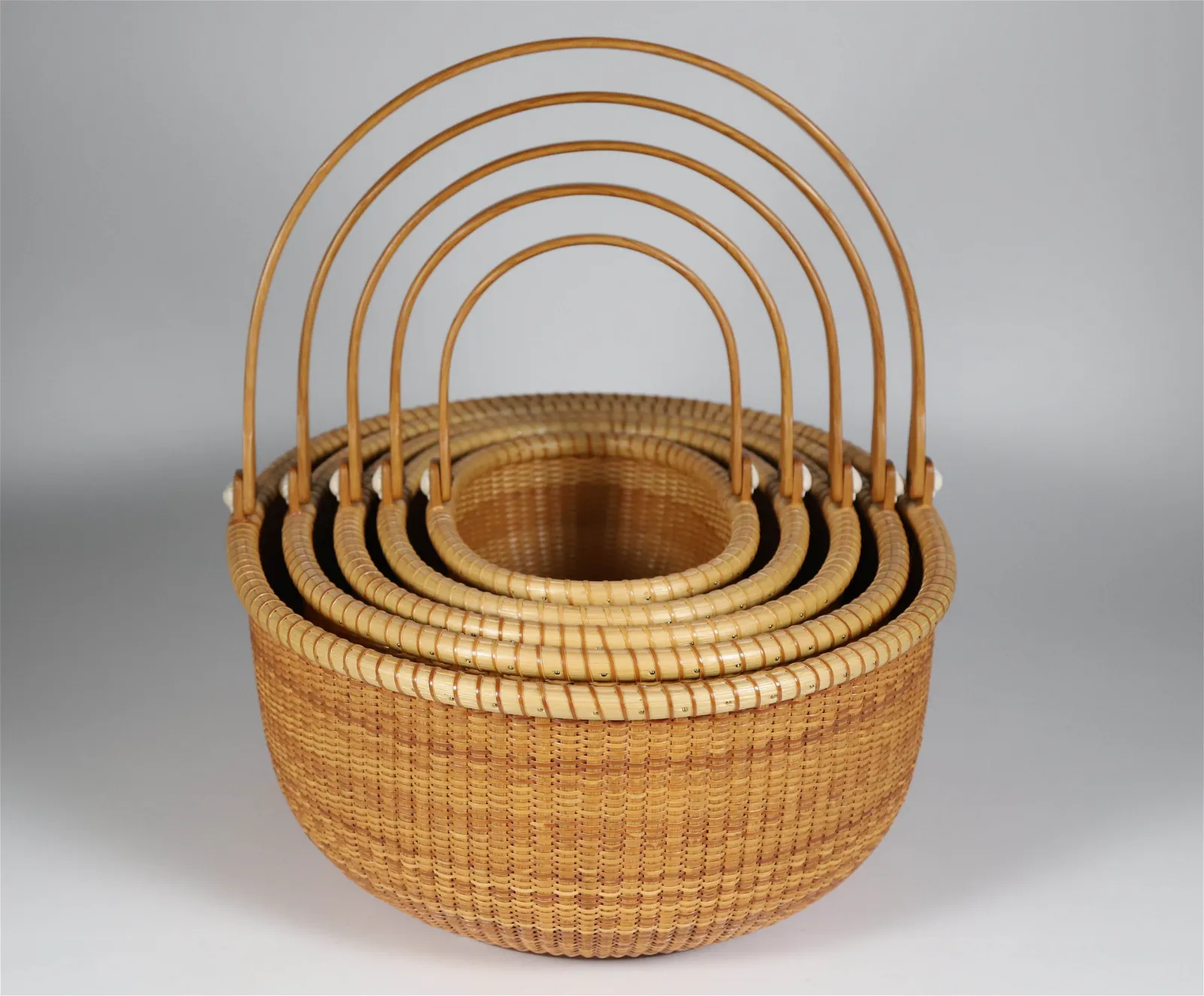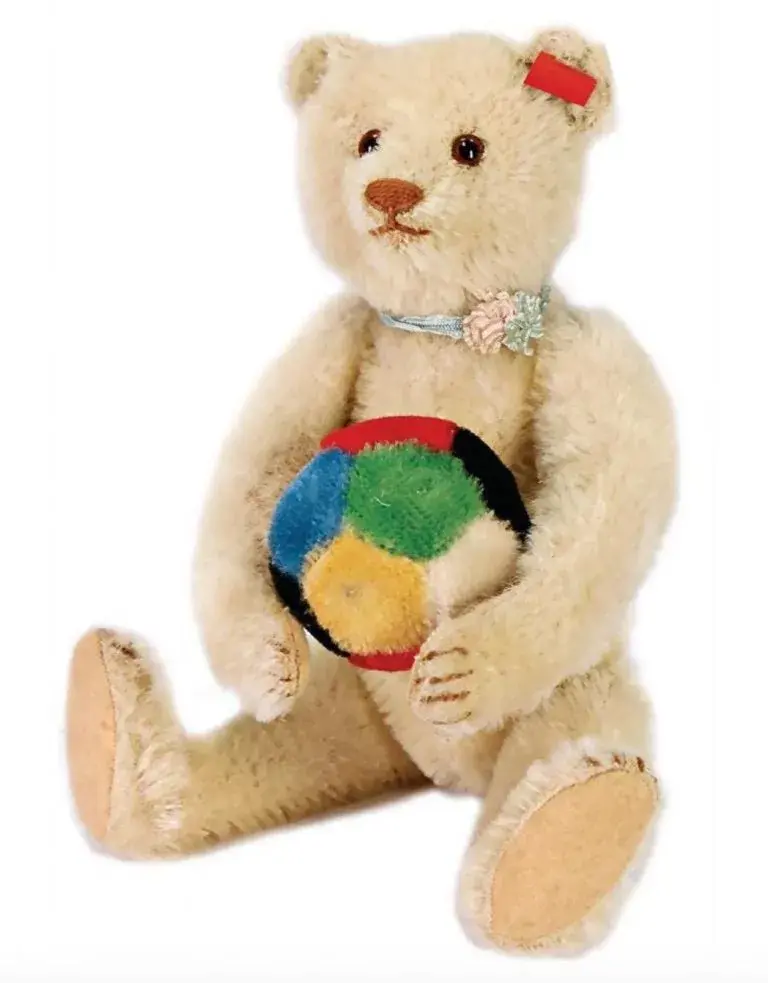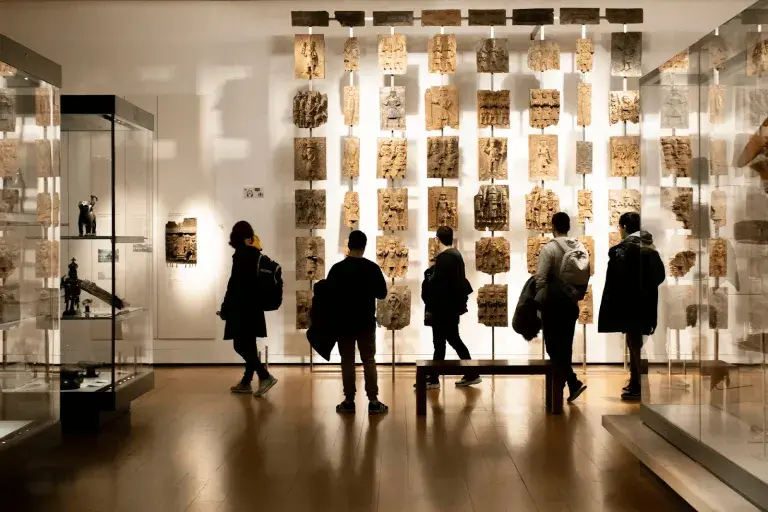$19.6 M. Magritte Tops Steady, Subdued $191.9 M. Imp-Mod Sale at Christie’s New York

Christie’s season-opening evening sale of Impressionist and modern art in New York on Monday night proved to be smooth and comfortably steady, with a respectable and workmanlike $191.9 million result. That tally, including buyer’s premium, came close to the high end of presale expectations pegged at $138 million to $203.1 million.
Estimates do not include premiums, and the overall hammer price came in at $162 million—a solid result, smack in the middle of expectations.
However, the $191.9 million total result paled next to last November’s $279.3 million tally across the 52 lots that sold.
Only six of the 58 lots offered went unsold, for a svelte buy-in rate by lot of 10 percent.
Tonight, 41 of the 52 lots that sold made over a million dollars and of those, four topped $10 million. One artist record was set.
A dozen lots were backed by so-called third-party guarantees, meaning that an anonymous party assured a minimum sale price before the auction and received a financing fee. In addition, Christie’s guaranteed three lots.
(Unless noted, all prices reported include the hammer price plus buyer’s premium: 25 percent of the hammer up to and including $300,000; 20 percent on anything above that, up to and including $4 million; and 13.5 percent on figures beyond that.)
The sale got off to a zippy start with fresh-to-market works from the long-held trove of Chicago collectors James and Marilynn Alsdorf, including Pablo Picasso’s conté crayon-on-canvas composition Guitare pendue au mur (1927), which sold to a telephone bidder for about $1.22 million (est. $1 million–$2 million), while an otherworldly Surrealist composition by Yves Tanguy, Sans Titre, from the same year brought a tepid $1.76 million (est. $2 million–$3 million).

Brussels dealer Willem Vedovi was the underbidder on the Tanguy, which last sold at auction at Sotheby’s London in June 1997 for £480,000.
Surrealism was a strong evening player, with four Magritte offerings, including Le Sabbat, an oil on canvas from 1959 depicting an upside-down still life of apples, a jug, and a wine glass hanging from an easel, with a crescent moon and a cloud-filled sky background to confound the senses. It sold to another telephone bidder for $9.99 million (est. $8 million–$12 million), and came backed by a third-party guarantee. It last sold at Christie’s London in June 2007 for £4.5 million (about $8.9 million).
Another Magritte boasting a sliver of a crescent moon, this one from the Alsdorf collection and more ominous at first sight, Le seize septembre (1957), sold to a different telephone bidder for $19.6 million (est. $7 million–10 million), making it the evening’s top lot. Vedovi was the underbidder on the work, which is one of the largest canvases the artist ever painted, at a little over 5 feet by 4 feet.
An early, Cubist-style still life by Joan Miró, La Publicatat et le vase de flieurs, painted by the artist in 1916–17, at the ripe old age of 23, and reworked in 1929, bears part of a newspaper page collaged on the canvas. An Alsdorf entry, it sold for $1.46 million (est. $2 million–$3 million).
The Alsdorf collection made a chunky and over-estimate $42.6 million of the overall tally, attesting to its market allure and top-class quality.
Along in the Surrealist vein, a striking Salvador Dalí gouache and charcoal on paper depicting the isolated features of a woman’s lips and nose, a fancy miniaturized clock balancing atop the latter, sold to another telephone bidder for $1.1 million (est. $700,000–$1 million).

In keeping with the trend of this young season, there weren’t many items in excess of $10 million tonight, though the cover lot Pablo Picasso, Femme dans un fauteuil (Francoise) from 1948–49, depicting the artist’s beautiful and pregnant lover Françoise Gilot (40 years younger), radically distorted into a near-flower-like form, sold to the telephone for a relatively modest $13.3 million (est. $12 million–$18 million). It last sold at Sotheby’s New York in May 2000 for $3.3 million.
A second high-value Picasso, the late and vibrant Buste d’homme from October 1968, bearing the startled-eye likeness of one of Picasso’s pipe-smoking musketeers, sold to another telephone bidder for a similarly modest $9.36 million (est. $9 million–$12 million). It last sold at auction at Sotheby’s New York in November 1993 for $596,500, part of collector Stanley J. Seeger’s standalone, 100-percent-sold Picasso sale. My, how times have changed!
You can say the same thing about the fortunes of the overall Impressionist and modern art market, which used to reign supreme over all categories but has long since fallen to second place behind the more potent postwar and contemporary art sector.
Still, a stunning and widely exhibited Camille Pissarro painting, the pedestrian-busy and rain-slicked Le Pont-Neuf, après mich de pluie, 1 re serie (1901) went for $6.52 million (est. $5 million–$7 million). It last sold at auction at Christie’s New York in May 1992 for $1.87 million.
A second Pissarro, beautifully bucolic and pristine, Jardin et poulailler chez Octave Mirbeau, Les Damps (1892) surged to an estimate-busting $10.3 million. (It had been pegged at just $4 million–$6 million.)
“It’s a more and more selective market, and as soon as you don’t have the quality, it’s rejected,” said London-based art adviser Lionel Pissarro, the great-grandson of the artist, referring to the half-dozen spurned works in the sale.

One of the truly rare offerings, not seen at auction in over 40 years, was the posthumously cast Futurist bronze masterpiece by Umberto Boccioni, Forme uniche della continuita nello spazio/Unique forms of continuity in space (conceived in 1913, cast in 1972). Many of the existing examples are sequestered in museums such as the Museum of Modern Art, the Metropolitan Museum of Art, and the Tate.
Casts of the striding figure that could be an early superhero were made from the original plaster, first in 1931, some 15 years after Boccioni’s death from a horse-riding accident at the age of 33, Additional casts were made in 1949, 1951, and 1963.
The 1972 cast sold tonight is a so-called surmoulage—a sculpture fabricated from another bronze and not born from the original plaster. That didn’t seem to make a difference.
The Boccioni went to Harry Smith, chief executive of the London-headquartered global art advisory Gurr Johns, for a record $16.2 million (est. $3.8 million–$4.5 million), and came backed with a third-party guarantee.
“There are no lifetime casts,” said Smith as he strode out of the salesroom, “and I haven’t seen one at auction in over 40 years. There are probably two or three more in private hands, and I bet they’ll be coming out of the woodwork soon.”
In more familiar sculpture terrain for an evening sale, Alberto Giacometti’s 23-inch-high lifetime cast of Buste d’Annette VIII (1965) made $3.14 million (est. $1.5 million–$2.5 million). It last sold at Christie’s New York in April 1996 for $827,500.
A brawnier bronze, one you can almost hear do a cock-a-doodle refrain, Pablo Picasso’s high-testosterone Coq (conceived in 1932, cast by 1955) went for $5.84 million (est. $5 million–$7 million).

A few other notable lots included Amedeo Modigliani’s serene sitter portrait of the British writer Beatrice Hastings (1915), which realized a below-estimate $4.82 million (est. $6 million–$8 million). The artist painted 11 portraits of his then-lover and muse between 1914 and 1916, just before meeting the artist Jeanne Hébuterne.
Among the relatively few Impressionist offerings was Monet’s flower-abundant La maison de l‘artiste à Giverny (1912), which went a telephone bidder at $5.7 million (est. $5 million–$7 million). It came backed by a third-party guarantee.
While many of the offerings depicted women, the lone female artist featured tonight among the 30 artists was Tamara Lempicka, whose sultry and impressively stylized double portrait, Les jeunes filles (circa 1930), sold to a telephone bidder for $5.3 million (est. $2 million to $3 million). New York dealer David Benrimon was the underbidder.
In a post-sale comment, Christie’s chief executive Guillaume Cerutti said, “We’ve seen a very solid, resilient art market.”
That market will be tested again at Sotheby’s Impressionist and modern sale on Tuesday.









